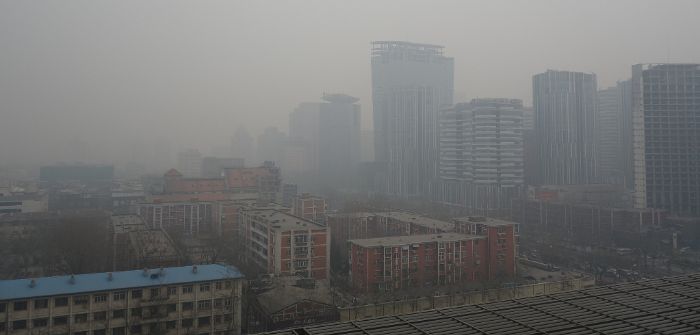Ground level ozone has increased in China while nitrogen dioxide and particulate matter pollution has fallen, according to researchers.
Two studies published by the American Geophysical Union (AGU) found that nitrogen dioxide pollution over northern China, Western Europe and the USA decreased by 60% in early 2020 and particulate matter was down 35% in northern China.
The researchers say such drops are unprecedented since quality monitoring from satellites began in the 1990s, and the only comparable events were short-term reductions in China at the time of the 2008 Beijing Olympics.
While nitrogen dioxide decreased, there was an increase in surface ozone, a secondary pollutant formed when sunlight and high temperature catalyze chemical reactions in the lower atmosphere.
Surface ozone is destroyed by nitrogen oxide in highly polluted areas, so according to the researchers, even though air quality has improved in many regions, surface ozone is still a problem.
Guy Brasseur, an atmospheric scientist at the Max Planck Institute for Meteorology who was the lead author of one of the studies, said, “It means that by just reducing the nitrogen dioxide and the particles, you won’t solve the ozone problem.”
Satellite measurements for air quality were taken to estimate changes in nitrogen dioxide over major epicenters of the outbreak.
Nitrogen dioxide pollution decreased by 40% on average over Chinese cities, 20% in Europe and 38% in the US compared to the same time in 2019.
The second study looked at air quality changes in northern China, analyzing levels of nitrogen dioxide and other types of air pollution measured by 800 ground-level air quality monitoring stations.
Brasseur and his team found particulate matter fell on average 35% and nitrogen dioxide by 60% after lockdowns began on January 23. They also found average surface ozone concentration increased by a factor of 1.5-2 over the same time period.



